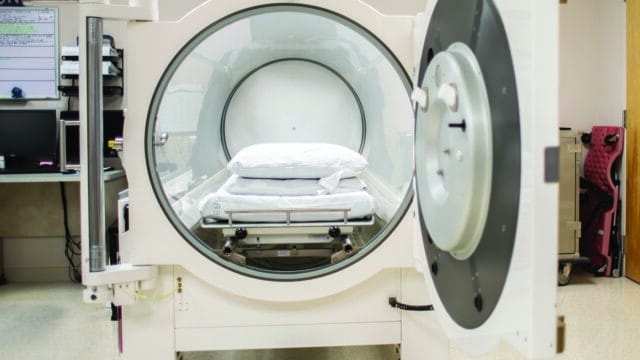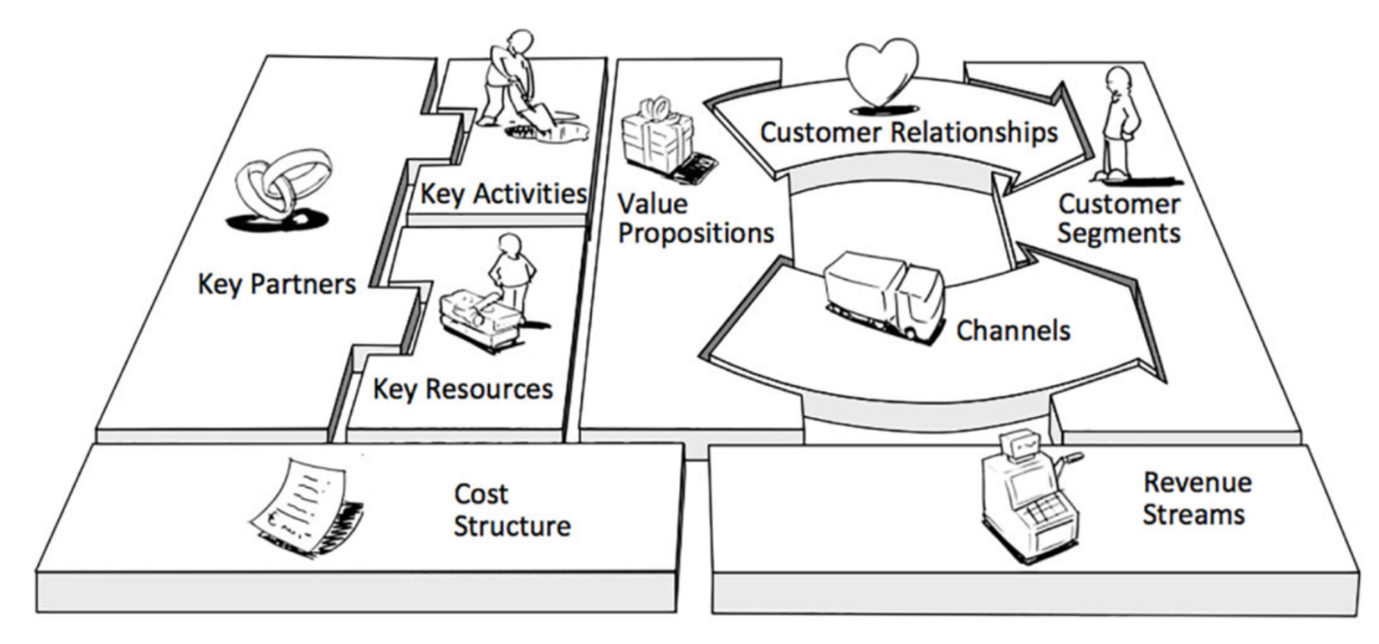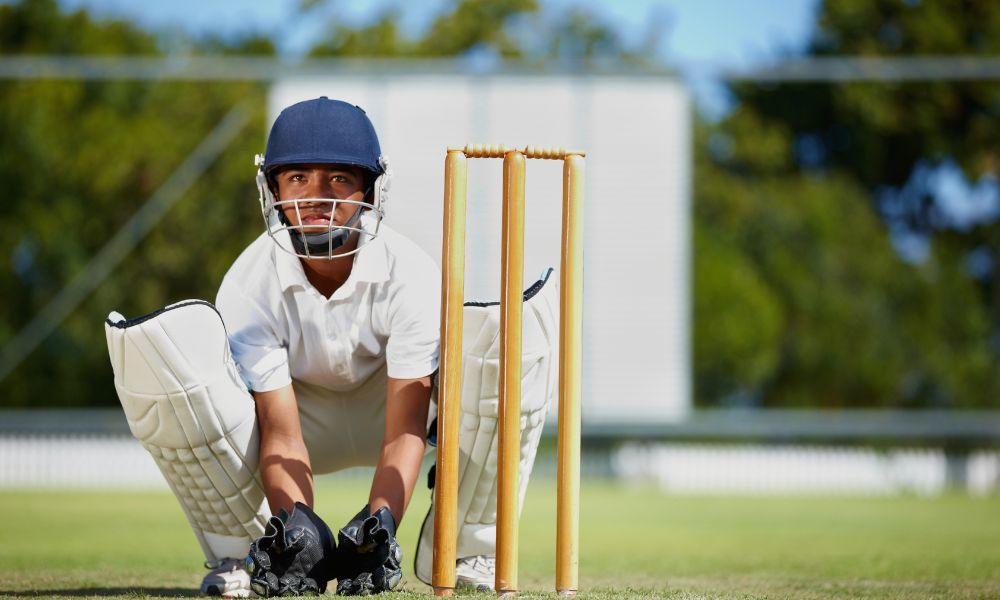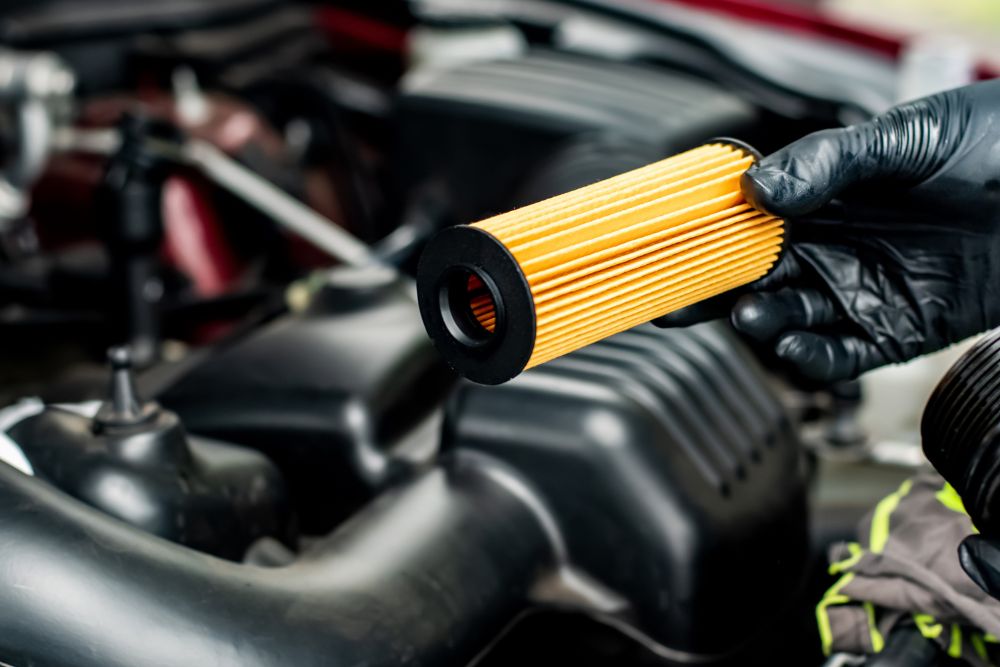Cricket is a fast-paced sport where players often face high-speed deliveries, sharp bouncers, and unpredictable movements on the field. Given these challenges, cricket helmets are essential to ensure player safety, offering critical head protection and boosting confidence. In this article, we’ll explore the importance of cricket helmets, their components, factors to consider when purchasing, and how modern designs balance safety and comfort.
Why Are Cricket Helmets Important?
Cricket helmets protect players from severe injuries, especially when facing bowlers who deliver the ball at speeds exceeding 140 km/h (87 mph). Even a slight misjudgment can put a batsman, wicketkeeper, or close fielder at risk of head injuries. Helmets shield vulnerable areas such as the skull, face, and jaw, helping to minimize the impact of accidents. They’ve become mandatory in most professional settings for both batting and fielding close to the wicket.
Without a helmet, even minor contact with the cricket ball can lead to concussions, fractures, or worse. In some tragic cases, improper head protection has resulted in fatal injuries, underscoring the need for high-quality gear.
Key Components of a Cricket Helmet
To fully understand what makes an excellent cricket helmet, it’s essential to break down its various components:
1. Shell
The outer shell is the helmet’s primary layer of protection, usually made from materials like high-impact polycarbonate or fiberglass. This shell disperses the impact of fast deliveries, ensuring the force isn’t concentrated at one point on the head.
2. Grille
The grille is a metal or composite structure that covers the face, safeguarding the nose, jaw, and eyes without obstructing the player’s vision. Adjustable grilles allow players to customize the distance between the face and the helmet for maximum comfort.
3. Inner Padding
The interior padding provides shock absorption and comfort. Made from foam or sponge materials, this padding ensures that the helmet fits snugly, reducing movement on impact. Many helmets now feature moisture-wicking linings to keep players dry during long innings.
4. Chin Strap
The chin strap keeps the helmet securely in place during play. A properly fastened strap ensures that the helmet doesn’t shift or fall off, even under impact. Some straps come with quick-release systems for ease of removal.
5. Air Vents
Ventilation is essential in cricket helmets to prevent overheating, especially during long innings under the sun. Strategically placed air vents allow airflow, enhancing comfort without compromising safety.
Factors to Consider When Buying a Cricket Helmet
Choosing the right cricket helmet is crucial for both safety and comfort. Here are some essential factors to keep in mind when purchasing a helmet:
1. Size and Fit
A helmet that doesn’t fit properly can compromise safety. Ensure the helmet sits firmly on your head without wobbling. Most helmets come with adjustable straps or internal mechanisms to allow for a personalized fit.
2. Weight
Lightweight helmets reduce neck strain and improve player mobility. However, the weight must not compromise the structural integrity of the helmet.
3. Certification Standards
Look for helmets that meet international safety standards such as the British Standard BS7928:2013. This certification ensures that the helmet has passed rigorous safety tests and can withstand high-speed impacts.
4. Adjustable Grille Design
An adjustable grille is critical to prevent the ball from passing through small gaps and causing facial injuries. Some modern helmets offer fixed grilles for additional stability.
5. Comfort and Ventilation
Comfort is just as important as protection, especially during long games. Helmets with breathable padding and adequate ventilation will keep you comfortable even in hot conditions.
6. Budget and Brand
While it’s tempting to go for budget options, investing in a helmet from a reputable brand ensures you get a product that offers both quality and durability. Trusted brands like Masuri, Shrey, and Kookaburra have a proven track record of producing high-performance helmets.
Types of Cricket Helmets
Different positions in cricket require varying levels of protection, leading to different types of cricket helmets. Let’s explore some of the key options:
1. Batting Helmets
Batting helmets feature a solid outer shell and a protective grille to shield the head and face from fast deliveries. Some helmets offer additional neck guards for enhanced safety.
2. Wicketkeeping Helmets
Wicketkeepers who stand up to the stumps often wear helmets to protect against deflections and errant shots. These helmets typically have a similar design to batting helmets but may include additional padding around the ears.
3. Fielding Helmets
Fielders stationed at close positions, such as short leg or silly point, wear helmets to safeguard against edge shots. These helmets are lightweight, with adequate ventilation for extended wear.
Modern Innovations in Cricket Helmets
With advancements in technology, cricket helmets have evolved significantly to enhance both safety and comfort.
1. Neck Guards
Several manufacturers now offer clip-on neck guards to protect the vulnerable area at the back of the head. These guards have become increasingly popular after incidents where players suffered injuries to the neck.
2. Custom Fit Helmets
Some high-end brands provide custom-fit helmets using 3D scanning technology. These helmets offer unparalleled comfort and safety by contouring perfectly to the player’s head shape.
3. Smart Helmets
Innovative companies are experimenting with smart helmets equipped with sensors to detect the force of impact. These helmets can transmit data to medical teams, helping them assess the severity of potential injuries immediately.
How to Maintain Your Cricket Helmet
To ensure the longevity of your helmet and maintain its protective features, follow these maintenance tips:
- Regular Inspection: Check for any cracks, dents, or loose parts after every game.
- Clean the Padding: Use a mild detergent to clean the inner padding regularly to avoid odor buildup.
- Store Properly: Avoid leaving the helmet in extreme heat or direct sunlight, as it may weaken the materials.
- Replace When Needed: If your helmet sustains a significant impact or shows signs of wear, replace it immediately.
Conclusion
Cricket helmets are an essential part of modern cricket, offering players the protection they need to perform at their best. Whether you are a batsman, wicketkeeper, or close fielder, investing in a quality helmet is crucial for safety. By considering factors like fit, ventilation, and certification, you can select the right cricket helmet that suits your needs. With continuous innovations in design and technology, today’s cricket helmets provide a blend of comfort, performance, and superior protection. Stay safe on the pitch and play with confidence!















